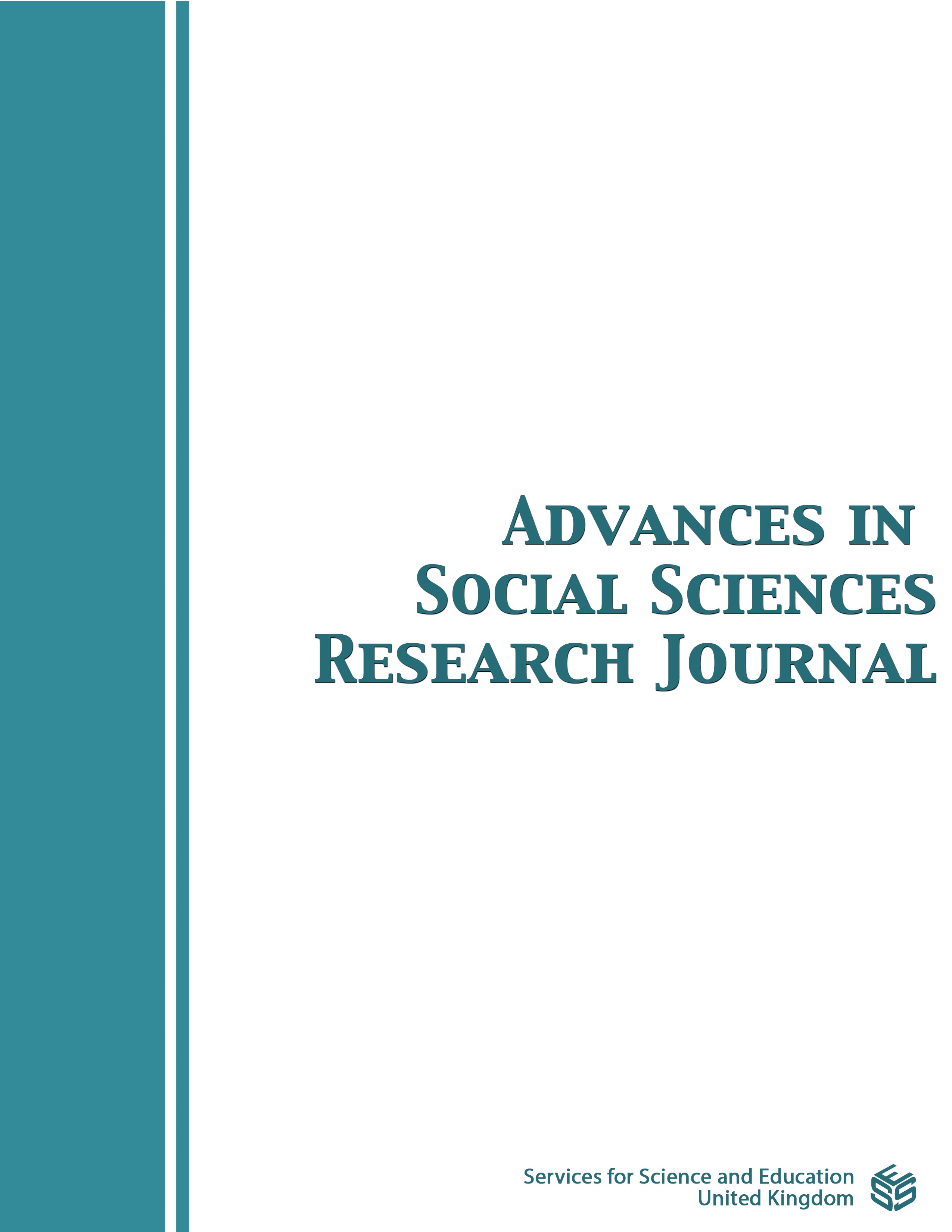A document analysis for improving Oral Health Services in Niue
DOI:
https://doi.org/10.14738/assrj.812.11376Keywords:
Oral healthDental clinics’, ‘Public health’, ‘Niue’, ‘Oral health in the Pacific’, ‘Pacific island countries and territories’, ‘Dental services’.Abstract
ABSTRACT
Background
There is very little research that focuses on oral health in the Pacific region. This paper outlines a document analysis of dental reports from the dental clinic in Niue and to examine their oral health and dental services. Furthermore this paper is intended to highlight how oral services in Niue can be improved for better oral health care for the Niue community.
Methods: A document analysis of seven Niue dental reports between July 2011 to July 2018. The information found in the documents were organised under the sections clinical data reporting. The analysis also focused on a strength based approached for discussing the key challenges; the main achievements; and future recommendations for improving dental services for Niue.
Results: Dental caries are the most common reason for tooth extractions followed by periodontal diseases. Primary school students are affected the most with 60 percent of students experiencing untreated dental caries. Among high school students, the rate of dental caries experienced is relatively low. Women appear to attend the dental clinic more than men however the number of visits for both men and women has declined. The key challenges faced by the dental team were a lack of resources specifically shortage of computers and functioning dental chairs, unfamiliarity with MEDTECH and limited staff development opportunities. Despite these challenges, the team were still able to establish the ‘Atuhau Mamali’ programme and upskill one staff member through professional development. Other achievements included reducing noise pollution, allocating a budget for safety equipment and establishing clinical guidelines for practice.
Conclusions: Recommendations to improve oral health and dental services in Niue are to deliver targeted dental caries interventions in schools, introduce stronger food policies and to implement collaborative networks across the Pacific region. It is recommended that the Niue dental team develop more rigorous methods of data documentation to gain a more accurate picture of oral health in the country.
References
References
Bowen GA. (2009). Document analysis as a qualitative research method. Qualitative research journal. 2009 Aug 3;9(2):27-40.
Colchero, M. A., Rivera-Dommarco, J., Popkin, B. M., Ng, S. W. (2017). In Mexico, evidence of sustained consumer response two years after implementing a sugar-sweetened beverage tax. Health Affairs, 36(3), 564-571.
Doherty, M. A., Blinkhorn, A. S., Vane, E. S. (2010). Oral health in the Pacific Islands. International dental journal, 60(2), 122-128.
Government of Niue. (2021). https://www.gov.nu/ [Accessed 5 Dec 2021].
Nosa M, Roberts G, Raj S, Bell C. (2013). Niue: NCD Risk Factors STEPS Report. Alofi: World Health Organization: Western Pacific Region; 2013.
Petersen PE. (2003). The World Oral Health Report 2003: continuous improvement of oral health in the 21st century–the approach of the WHO Global Oral Health Programme. Community Dentistry and oral epidemiology. 2003 Dec;31:3-24.
Pili N, Nosa V, Tatui L. (2021). Implementing policies and programmes to reduce the impact of globalisation on oral health in Pacific Island Countries and Territories. Journal of Global Health Economics and Policy. November 2021:e2021012. Vol. 1, 2021
Sarlio-Lähteenkorva, S., Winkler, J. T. (2015). Could a sugar tax help combat obesity? BMJ: British Medical Journal (Online), 351.
Takeuchi R, Kawamura K, Kawamura S, Endoh M, Uchida C, Taguchi C, Nomoto T, Hiratsuka K, Fifita S, Fakakovikaetau A, Kobayashi S. (2017). Evaluation of the child oral health promotion ‘MaliMali’Programme based on schools in the Kingdom of Tonga. International dental journal. 2017 Aug;67(4):229-37.
Tatui, L., McCool, J., Nosa, V. (2018). Rethinking and establishing a dental collaboration in the Pacific Region. Pacific Health Dialog, 108-110.
Tut, O. K., Langidrik, J. R., & Milgrom, P. M. (2007). Dental manpower development in the Pacific: case study in the Republic of the Marshall Islands. Pacific health dialog, 14(1), 245-250.
Tuisuva, J., Pushpaangaelo, B., & Morse, Z. (2001). Pacific oral health summit - "A call for action", 2001. Pacific Health Dialog, 111-113.
World Health Organization. (2015). Prevention is better than treatment. World Health Organization; 2015 p. 589-664.
Downloads
Published
How to Cite
Issue
Section
License
Copyright (c) 2021 Vili Nosa, Nafanua Pili , Leroy Tatui

This work is licensed under a Creative Commons Attribution 4.0 International License.
Authors wishing to include figures, tables, or text passages that have already been published elsewhere are required to obtain permission from the copyright owner(s) for both the print and online format and to include evidence that such permission has been granted when submitting their papers. Any material received without such evidence will be assumed to originate from the authors.






